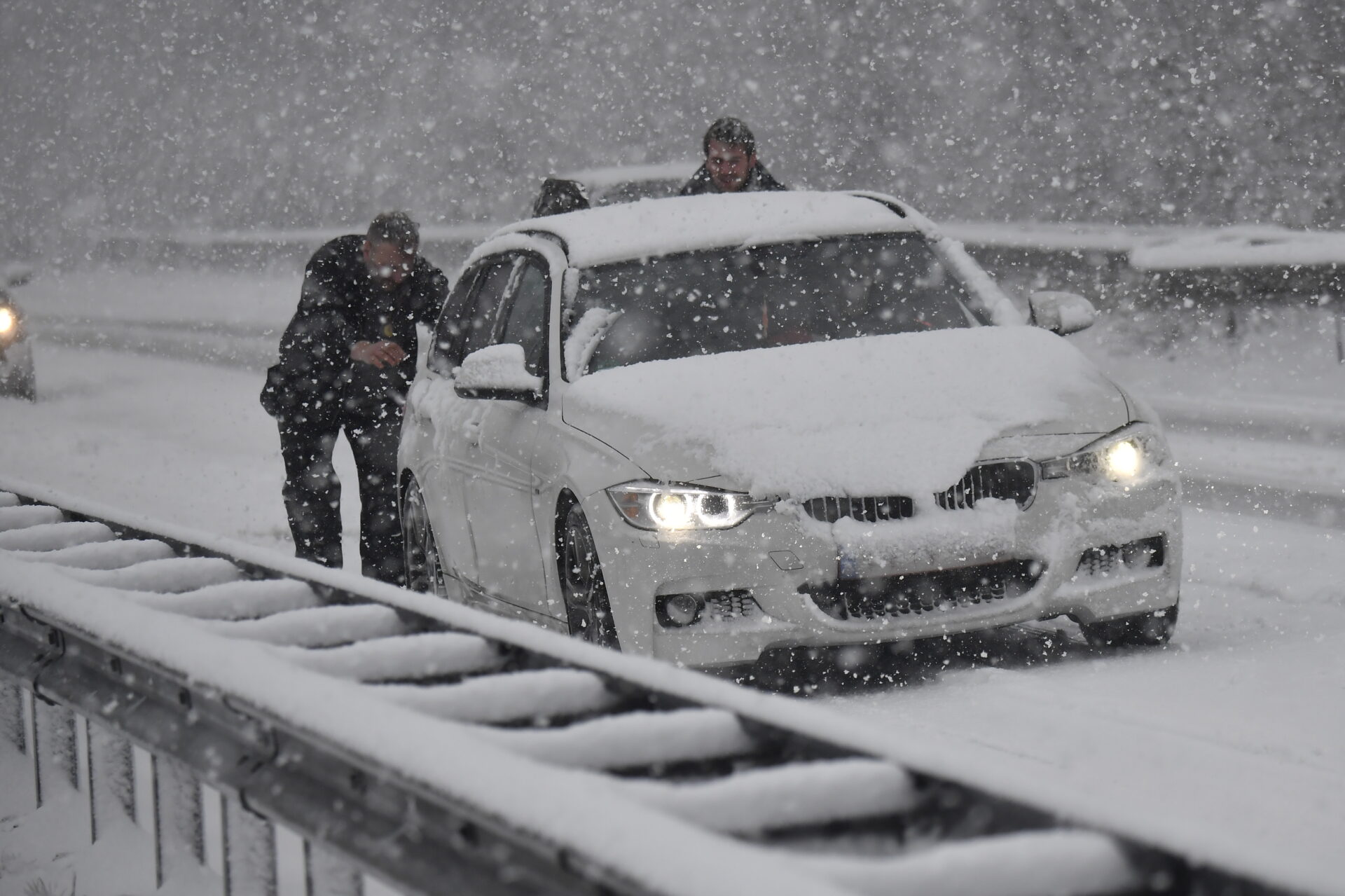From more road accidents to battery problems, freezing temperatures can be a real headache for motorists. Luckily several measures can be taken to avoid these issues.
Temperatures are expected to drop to up to -9°C on Monday night, which could once again mean misery for motorists. Road assistance organisations saw the number of emergency service calls skyrocket on Monday, mainly related to battery-related or engine problems.
Road assistance service VAB expects an influx of service calls over the coming days as the cold weather persists. "But we also expected a slew of accidents in the coming days due to the ongoing freezing temperatures," VAB spokesperson, Mich Vergauwen, told The Brussels Times. There are, however, steps that can be taken to prevent such trouble.
Protecting vehicle
The freezing temperatures have been a long time coming, but for many, the timing – after two weeks of Christmas holidays – is poor.
Many cars have been left sitting unused for longer than usual and, combined with the cold weather, there is usually a huge spike in breakdowns due to battery problems. VAB stressed that there are several ways to prevent these problems when temperatures drop below zero.
For a car battery to function, it must be charged to at least 70%. Temperatures below 0°C can result in the charge being depleted. Where possible, cars should be parked inside or in a sheltered place to protect the battery from the cold.
Covering the windscreen is a good alternative, as defrosting it requires less power. Turning off power-draining functions like seat heaters, air-conditioning, radio, and GPS, also helps ensure the battery remains full.

Credit: Belga/ Dirk Waem
Walking or taking public transport for a short distance is always recommended, as short drives deplete the battery. Cars that have been stationary for a while should be used in the days before temperatures start to drop for longer drives.
Batteries that are older than six years – the average lifespan – should be checked, and replaced if necessary.
If a motor stalls, motorists should try to turn their car battery on by briefly switching their headlights on and off again. If this fails, motorists should not use jumper cables themselves but leave this to professionals.
Breakdown assistants will be maximising their operations in the coming days to ensure people in trouble can be helped quickly. VAB also offers an online breakdown assistance request through which customers can avoid long waits on the phone.
"Sufficient replacement vehicles will also be made available to help people stranded by the freezing temperatures out of their misery."
Avoid accidents
While ice on the roads can increase the chance of accidents, Vias Road Safety Institute argued that the accident rates depend on how people behave and what steps they take to protect themselves and others.
"People tend to be more cautious when temperatures drop, but there are some concrete steps that can be taken to be safer," Vias' spokesperson Stef Willems told The Brussels Times.
For example, drivers should make sure their lights are working properly so they can be seen, but also that their windscreen wipers are not worn out and they have enough spray fluid with anti-freeze to ensure they can see other road users. "Some people start driving before their windows are fully cleared, which is dangerous," Willems noted.
Clothing is also key. "Don't wear a thick winter coat or snow boots when driving as this impedes your ability to manoeuvre and grip on the pedals." If it is snowing, shoes should always be dry.
Children in car seats should not be wrapped up in a thick jacket as this results in (too) much slack between the straps and the child's body, due to the amount of air in winter jackets. "In a collision, the jacket will be pulled into a vacuum by the impact. Tests with crash test dummies even show that your child can be catapulted out of the car seat," VAB stressed.
It is recommended to equip cars with winter tyres as soon as the temperature drops below 7°C, but VAB underlines that once applied, this should not mean driving as usual.
"Many motorists think that, if they put on winter tyres, they are completely safe, but that is not an absolute certainty," Willems noted. All drivers are advised to adjust their speed.
Related News
- Cold weather: Huge increase in road emergency service calls
- This winter's first 'ice day': Code yellow issued for slippery roads
Drivers should also avoid braking abruptly, especially when approaching a bend. Braking distances are longer, so drivers and cyclists are advised to leave more space. If the car does skid, drivers should depress the clutch, allowing the car to regain grip.
Finally, when conditions are particularly dangerous, Willems stressed that people should ask themselves whether it is really necessary to travel by car or bicycle, and to stay home where possible.

